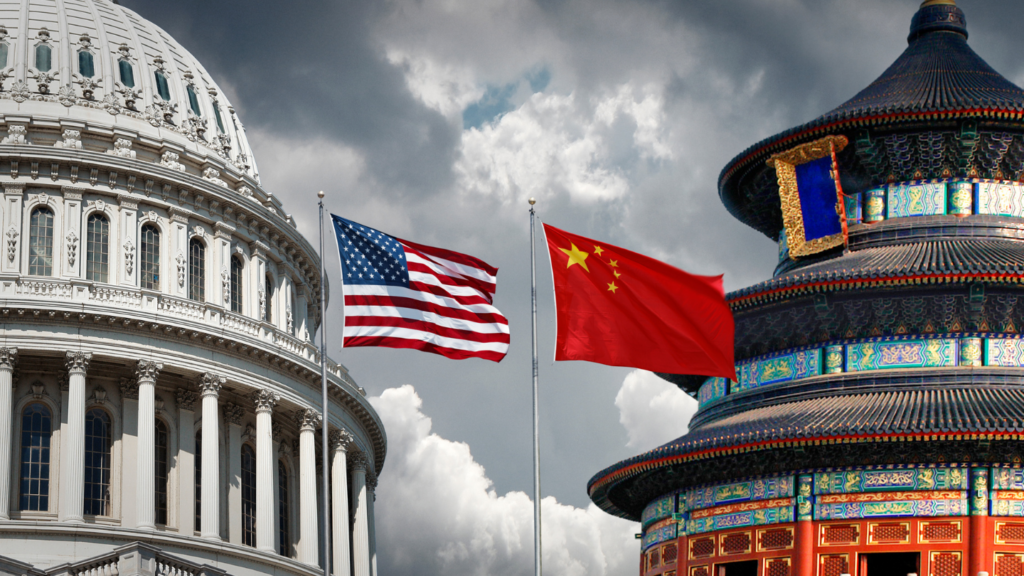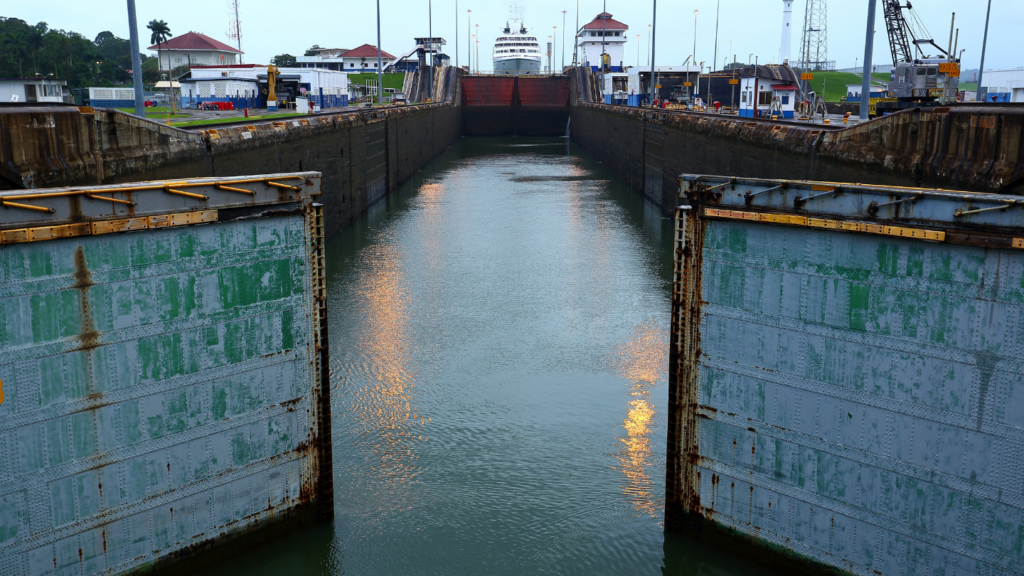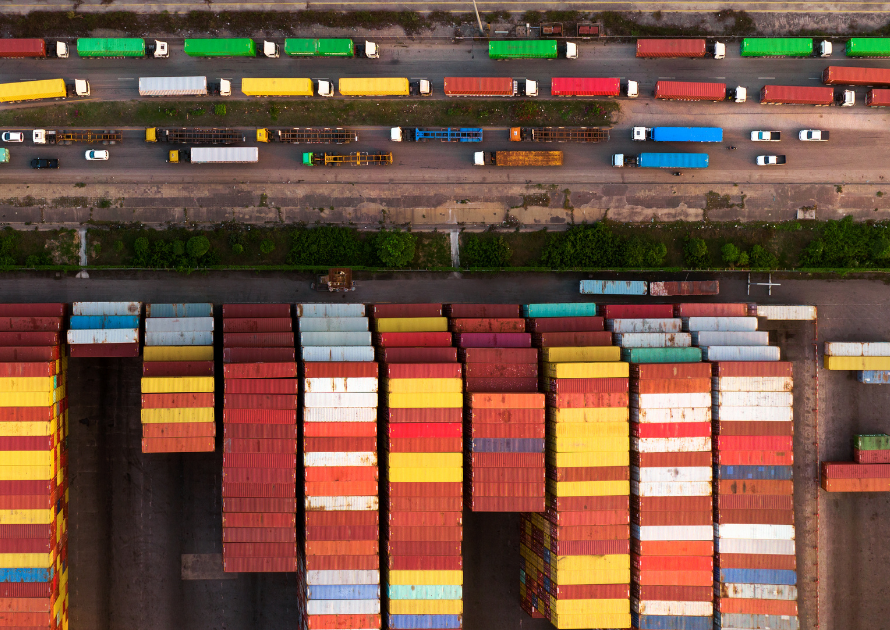CBP 2022 Report and Changes for China.
Your weekly All-Ways round-up of supply chain news.
A Year in Review
U.S. Customs and Border Protection has published its annual trade and travel report for fiscal year 2022, which includes the following statistics of interest to the trade community.
Imports
- processed 39.1 million Customs entries and 33.4 million cargo containers carrying $3.35 trillion in goods
- collected $111.9 billion in duties, taxes, and fees (up 19.3 percent from FY 2021 and 117 percent over the past five years)
- assessed more than $49 billion in Section 301 tariffs on imports from China (up 13 percent from FY 2021), nearly $2.6 billion in Section 232 duties on steel, $736 million in Section 232 duties on aluminum, and $314 million in Section 201 duties on washing machines and parts and solar panels and goods
De Minimis
- the value of de minimis shipments (those valued at $800 or less) dropped by 11 percent
- registered about $2.5 billion in cost savings associated with electronic clearances under the Entry Type 86 test, which enables customs brokers and self-filers to electronically submit de minimis entries via the Automated Broker Interface, including those subject to data requirements of partner government agencies for clearance
- received more than 466 million filings under the Entry Type 86 test and the Section 321 data pilot, which aims to improve CBP’s ability to identify and target high-risk e-commerce shipments
Forced Labor
- issued six new withhold release orders and two new findings, bringing the total numbers being enforced to 54 and 9, respectively
- identified 3,605 shipments valued at $816.5 million for forced labor concerns, including 1,592 shipments valued at nearly $500 million under the Uyghur Forced Labor Prevention Act
- received seven petitions to modify or revoke a WRO but only modified one
Cargo Processing
- jointly inspected goods with Mexico at 12 operational unified cargo processing locations along the southern border, resulting in a 50 percent or greater reduction of border wait times and a 99 percent trade compliance rate
- unified cargo processing with Mexico could be expanded in 2023 and CBP is discussing with Canada a potential operational test for the northern border
CTPAT
- completed 1,467 validations to certify that CTPAT partners both implemented and followed the updated minimum security criteria
- accepted 133 authorized economic operator validation certificates from foreign mutual recognition partners
- suspended 101 CTPAT partners and removed 127
- signed mutual recognition arrangements with Uruguay and Brazil, bringing the total number of MRAs to 16
- officially launched CTPAT Trade Compliance after the trusted trader pilot was completed and the importer self-assessment program was integrated into the CTPAT trade compliance branch
AD/CV
- assessed about $3.6 billion in AD/CV deposits on $37.4 billion worth of imports subject to AD/CV duties
- levied more than $28 million in monetary penalties on importers for fraud, negligence, and gross negligence with respect to AD/CV requirements
- recovered more than $189 million in AD/CV duties owed as a result of entry summary reviews
- identified more than $447 million in AD/CV discrepancies and collected $15 million of that amount
- five shipments with a domestic value of more than $691,000 were seized by U.S. Immigration and Customs Enforcement for AD/CV violations
- enforced 28 new AD/CV duty orders, bringing the total to 662, more than double the number enforced in FY 2016
- received 68 new allegations of AD/CV evasion under the Enforce And Protect Act, initiated 35 new investigations, took interim measures in 31 investigations, issued final determinations of evasion in 53 investigations, and identified nearly $100 million in duties owed
IPR
- enforced 18,857 active recorded copyrights and trademarks, including 1,758 new and renewed recordation applications
- seized 20,812 shipments with intellectual property rights violations (down 23 percent from FY 2021)
- administered 143 active exclusion orders issued by the International Trade Commission following Section 337 investigations of IPR infringement
- conducted a pilot with several companies that tests the viability of data sharing with major brands to better target and seize imports of counterfeit and pirated goods and other IPR violative goods
Product Safety
- conducted 9,214 seizures of products posing health and safety risks valued at more than $125 million

Plus One
After high-profile talks between US and China last Monday, one thing is clear: the climate is changing quickly for businesses in both countries.
“China is still a great opportunity for offshoring, and it still has a large market for multinationals, including US-based multinationals, to tap,” said Stephen Roach, former Morgan Stanley Asia expert. “But you want to have your eggs in a number of baskets, not just in one.”
However, after the meeting between U.S. Secretary of State Antony Blinken, Chinese President Xi Jinping, Director of the Communist Party Central Foreign Affairs Office Wang Yi, and State Councilor and Foreign Minister Qin Gang, the State Department stated that the meeting was a “candid, substantive, and constructive discussions on key priorities in the bilateral relationship and on a range of global and regional issues.”
On Thursday in Washington, American leaders met with India, a direct rival to China, ramping up the stakes of the situation.
Geopolitical tensions have been rising. After US House Representatives Speaker Nancy Pelosi visited Taiwan last August, military tensions increased between China and Taiwan. Hopes were back up after Biden visited Xi in Bali in November and a visit to China by Blinken was expected. But after a suspected spy balloon flew over the US, that was pushed off.
It’s important to look at what large companies are doing for insights into recent changes. Apple, for example, moved a minimal portion of its offshore production to India, Vietnam, and elsewhere. Albeit a seemingly insignificant amount, it’s making a statement.
“U.S. companies and investors need to take that example as important in guiding their own choices in making what has been a pretty solid bet on China,” Roach said.
Chinese companies looking to invest in America and vice versa will also feel the tightening of measures as the restrictions already in place are likely to intensify. There are “very strong rumors that the Biden administration is about to issue new regulations on outbound U.S. direct investment in China,” he continued and China will retaliate with their own restrictions.
The one thing that Roach had hoped for better results in was the fact that both the US and China failed to restore military exchanges. “In the last month we've had near misses in the Taiwan Strait, in the South China Sea,” he pointed out. In the latest developments, there have been reports of a Chinese outpost in Cuba.
Not having a direct military communication link is cause for concern.

Drought in Panama
The Panama Canal restrictions will likely stay in place because of the ongoing drought.
Currently, there is a 44 feet draft in place. In order to maintain it, the canal is only allowing about 30 ships to pass through per day. Water from nearby lakes is used to fill the locks and then let out to sea.
The problem is that Lake Gatun also supplies fresh water to half of the country’s population. Plus, Panama has placed restrictions on the Panama Canal Authority from building new reservoirs, a matter they are trying to work through with the government. With the increase in frequency and severity of droughts combined with ships being built bigger, a new solution must be reached.
While the lake is currently expected to go down to 79.5 feet, with careful planning and the hope of rainfall, it will reach 84 feet by mid-November.
“We are regulating the number of transits to make sure that we compensate the inflows of rain versus the outflows of transits, and trying to keep the lake level at a specific minimum in order to guarantee 44 feet of draft,” Ricaurte Vasquez, authority administrator, said. “We are rain takers. We have to make sure that whatever drop falls into the lake, we take the value of it by storing it or properly using it.”
There are currently 59 ships waiting to cross the canal with priority being given to ships that booked transit slots.


